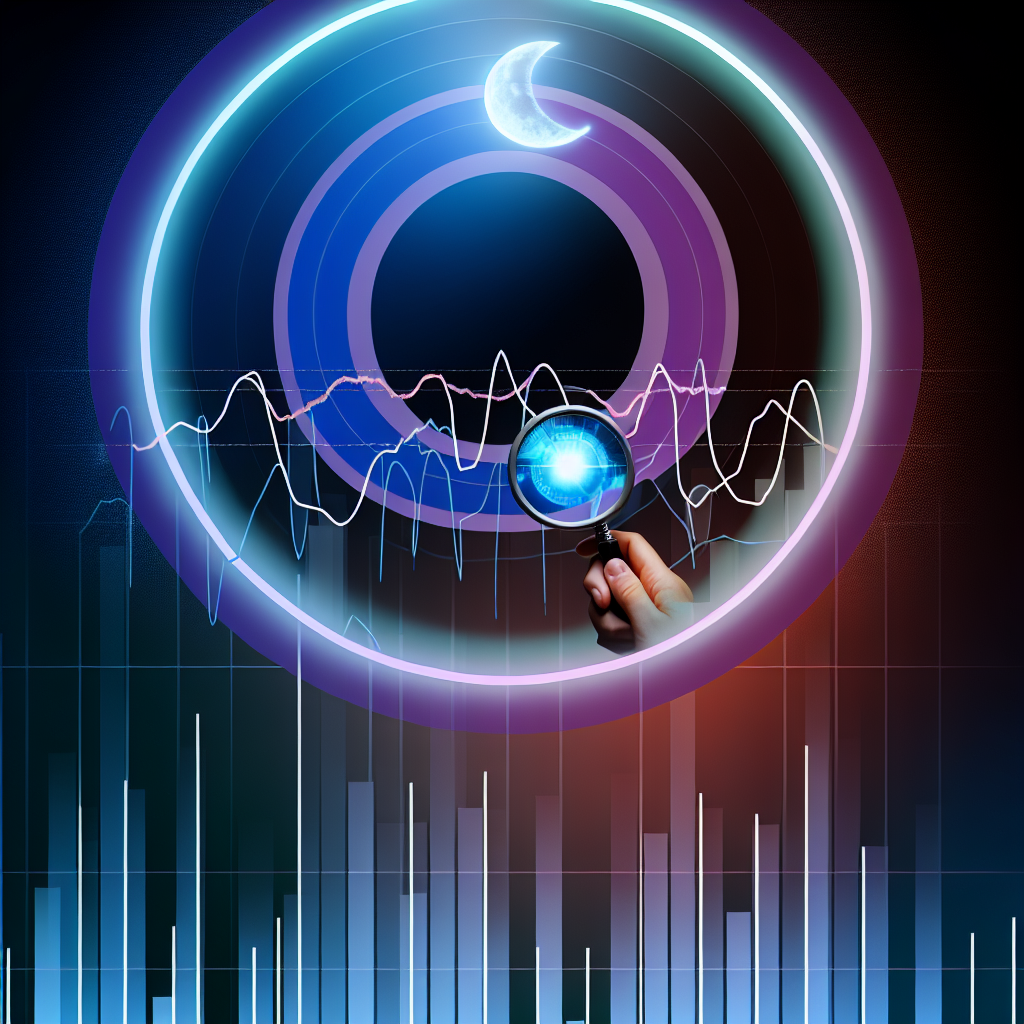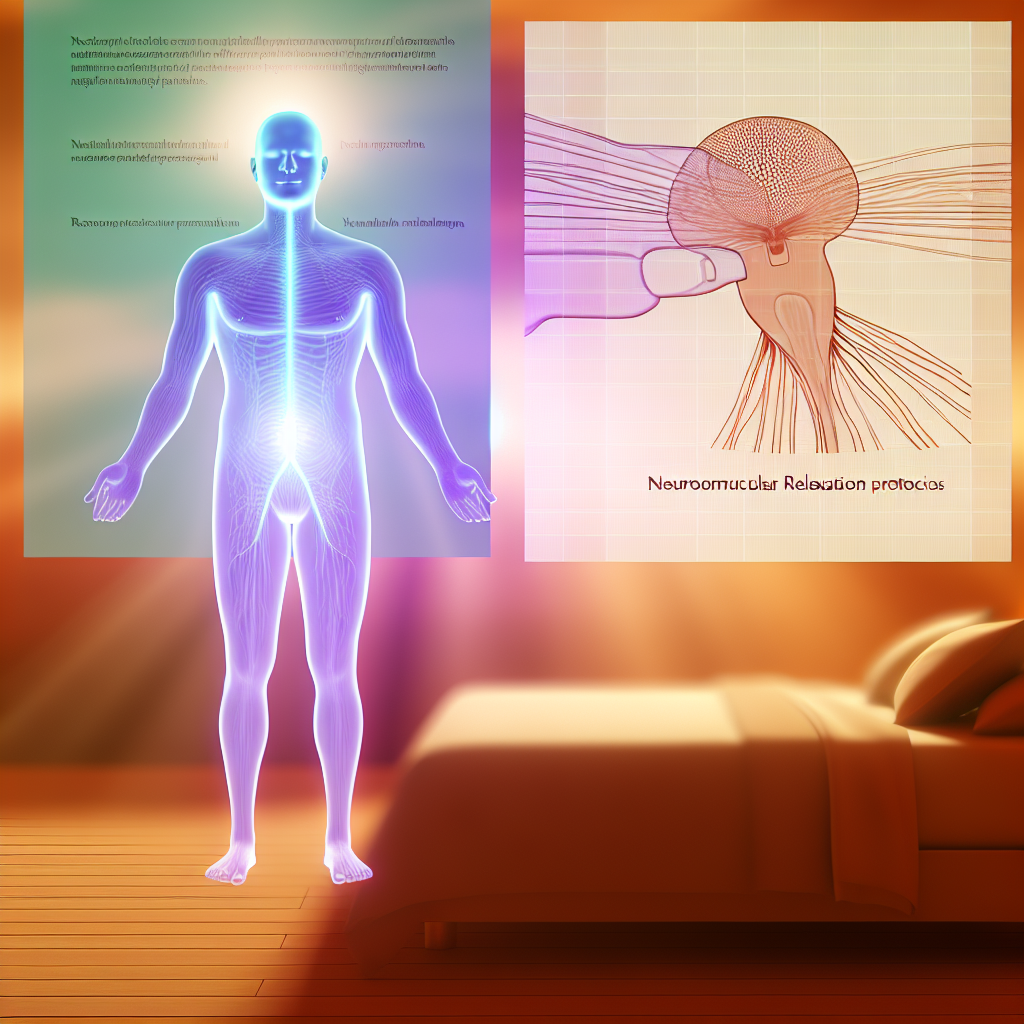Sleep Inertia Calculators: Optimal Wake Time Based on Sleep Cycles
Wake Up Smarter: Understanding Sleep Inertia and Why Timing Matters
Waking up groggy, disoriented, and sluggish is a universal experience, commonly referred to as “sleep inertia.” It often feels like no matter how long you’ve slept, you’re still not ready to face the day. The culprit behind this phenomenon? An untimely interruption of your sleep cycle. Sleep inertia is more than just a minor inconvenience; it can severely impair cognitive performance, reaction time, and decision-making skills for several minutes to hours after waking up.
Sleep inertia stems from the complex architecture of sleep itself. A typical night’s rest comprises multiple sleep cycles, each lasting approximately 90 minutes and consisting of various stages—light sleep (N1 and N2), deep sleep (N3), and Rapid Eye Movement (REM) sleep. Waking up during the deep sleep stage, specifically during N3, is more likely to result in pronounced sleep inertia. Conversely, if you wake during lighter sleep stages or during REM, you’re more likely to feel alert and refreshed.
This is where sleep inertia calculators come into play. By understanding your personal sleep cycle and tracking when you fall asleep, these digital tools can help you pinpoint the optimal times to wake up. They are designed to align your alarm with the most favorable point in your sleep cycle, thereby minimizing grogginess and enhancing your mental sharpness upon waking.
As technology and health science converge, sleep inertia calculators tap into core principles of sleep hygiene and chronobiology—the study of biological rhythms. These calculators are now available as web-based tools, smartphone apps, and even integrated features in smartwatches and fitness monitors. Some also use algorithms tailored to your circadian rhythm, daily habits, and sleep data to refine their accuracy.
Whether you’re a student pining for better focus, a professional maximizing productivity, or a parent wrangling sleep amidst chaos, understanding the timing of your rest can be a game-changer. Optimizing wake times with sleep inertia calculators is a revolutionary approach that can empower individuals across all age groups to wake smarter, feel better, and perform at their best.
The Science of Sleep Timing: Studies That Back It Up
A growing body of scientific research supports the effectiveness of exploiting natural sleep cycles to reduce sleep inertia and enhance alertness upon waking.
A landmark study published in the Journal of Sleep Research (2006) found that individuals awakened during their N3 (slow-wave) sleep exhibited greater impairments in cognitive performance and alertness compared to those woken during lighter sleep stages. The researchers concluded that “the depth of sleep from which individuals are awakened significantly contributes to the level of sleep inertia.” This finding reinforces the premise that wake timing relative to sleep stages plays a critical role in how rested you feel.
Further evidence comes from the work of sleep researchers like Dr. Daniel Kripke and Dr. Matthew Walker, who have emphasized the importance of consistent sleep schedules and respecting natural sleep architecture. In his bestseller, Why We Sleep, Dr. Walker explains how waking from the wrong sleep stage can derail your mental performance and mood throughout the day.
Technological advancements have allowed this science to translate into practical tools. Sleep inertia calculators are often powered by customizable algorithms that rely on sleep logs, wearable sleep tracking data (such as from Fitbit or Apple Watch), and predictive modeling of sleep cycles. These tools calculate and recommend wake-up times that align with transitions between sleep stages, especially targeting the end of a full 90-minute cycle.
For example, a user who falls asleep at 10:00 PM might be advised to wake up at either 5:30 AM, 7:00 AM, or 8:30 AM—each representing an interval of 90 minutes—rather than a random time that could bisect a deep sleep phase.
Smarter Tools, Better Days: The Technology Behind Sleep Inertia Calculators
More advanced calculators take data integration to the next level. Some synchronize with wearable devices that track your real-time movement, heart rate variability, and REM activity. These tools use machine learning to refine your personal sleep profile and suggest the most effective adjustments over time.
A clinical review in the journal Sleep Medicine Reviews (2013) also outlined strategies to further reduce the effects of sleep inertia. The researchers highlighted behavioral techniques such as stimulus control (limiting screen time before bed), reducing mid-sleep caffeine intake, and incorporating morning light exposure to regulate melatonin levels.
When used alongside these strategies, sleep inertia calculators become even more powerful in improving alertness and cognition.
In fact, institutions like NASA have supported and applied this science in high-stakes environments. Astronauts’ sleep schedules are meticulously engineered to minimize inertia and ensure peak mental functioning during missions. Likewise, corporations and educational systems are beginning to recognize how valuable sleep timing tools can be in enhancing daytime productivity.
Final Thoughts: Sleep Well, But More Importantly—Wake Up Right
In the fast-paced world we live in, quality sleep is increasingly seen as a pillar of optimal health and productivity—but quality isn’t just about duration; it’s also about timing. Sleep inertia calculators provide a science-backed, practical way to optimize your wake-up routine by aligning with natural sleep cycles.
By relying on sleep research and sophisticated algorithms, these tools offer individuals a smarter alternative to traditional alarms. The benefits of using sleep inertia calculators are particularly noteworthy for students, shift workers, caregivers, and anyone struggling with morning fatigue. They can reinforce good sleep hygiene practices and help reduce the detrimental effects of waking from deep sleep stages.
While more advanced versions integrate biometric feedback for added personalization, even the simplest models can produce meaningful improvements when combined with consistent sleep habits. Investing just a few moments daily to plan your sleep with these calculators can yield a day filled with sharper focus, greater emotional regulation, and enhanced physical energy.
As we continue to understand the intricacies of human sleep, it becomes increasingly clear that the key to waking up well lies not in sleeping longer, but in sleeping smarter—and sleep inertia calculators are here to help you do just that.
References
- Tassi, P., & Muzet, A. (2000). Sleep inertia. Sleep Medicine Reviews, 4(4), 341-353.
- Jewett, M. E., Wyatt, J. K., Ritz-De Cecco, A., Khalsa, S. B., Dijk, D. J., & Czeisler, C. A. (1999). Time course of sleep inertia dissipation in human performance and alertness. Journal of Sleep Research, 8(1), 1-8.
- Walker, M. (2017). Why We Sleep: Unlocking the Power of Sleep and Dreams. Scribner.
- Van Dongen, H. P., Maislin, G., Mullington, J. M., & Dinges, D. F. (2003). The cumulative cost of additional wakefulness: dose-response effects on neurobehavioral functions and sleep physiology from chronic sleep restriction and total sleep deprivation. Sleep, 26(2), 117-126.
- National Sleep Foundation. Sleep Cycles and Stages.
Summary:
Sleep inertia is a common experience of feeling groggy and disoriented upon waking, caused by an untimely interruption of your sleep cycle. Sleep inertia calculators are digital tools that can help you determine the optimal time to wake up based on your personal sleep patterns, minimizing sleep inertia and enhancing your alertness. These calculators leverage scientific research on sleep stages and circadian rhythms to provide personalized recommendations, often syncing with wearable devices to track your sleep data. By understanding the science behind sleep timing and utilizing these smart tools, individuals can wake up feeling refreshed and ready to tackle the day.

Dominic E. is a passionate filmmaker navigating the exciting intersection of art and science. By day, he delves into the complexities of the human body as a full-time medical writer, meticulously translating intricate medical concepts into accessible and engaging narratives. By night, he explores the boundless realm of cinematic storytelling, crafting narratives that evoke emotion and challenge perspectives.
Film Student and Full-time Medical Writer for ContentVendor.com




